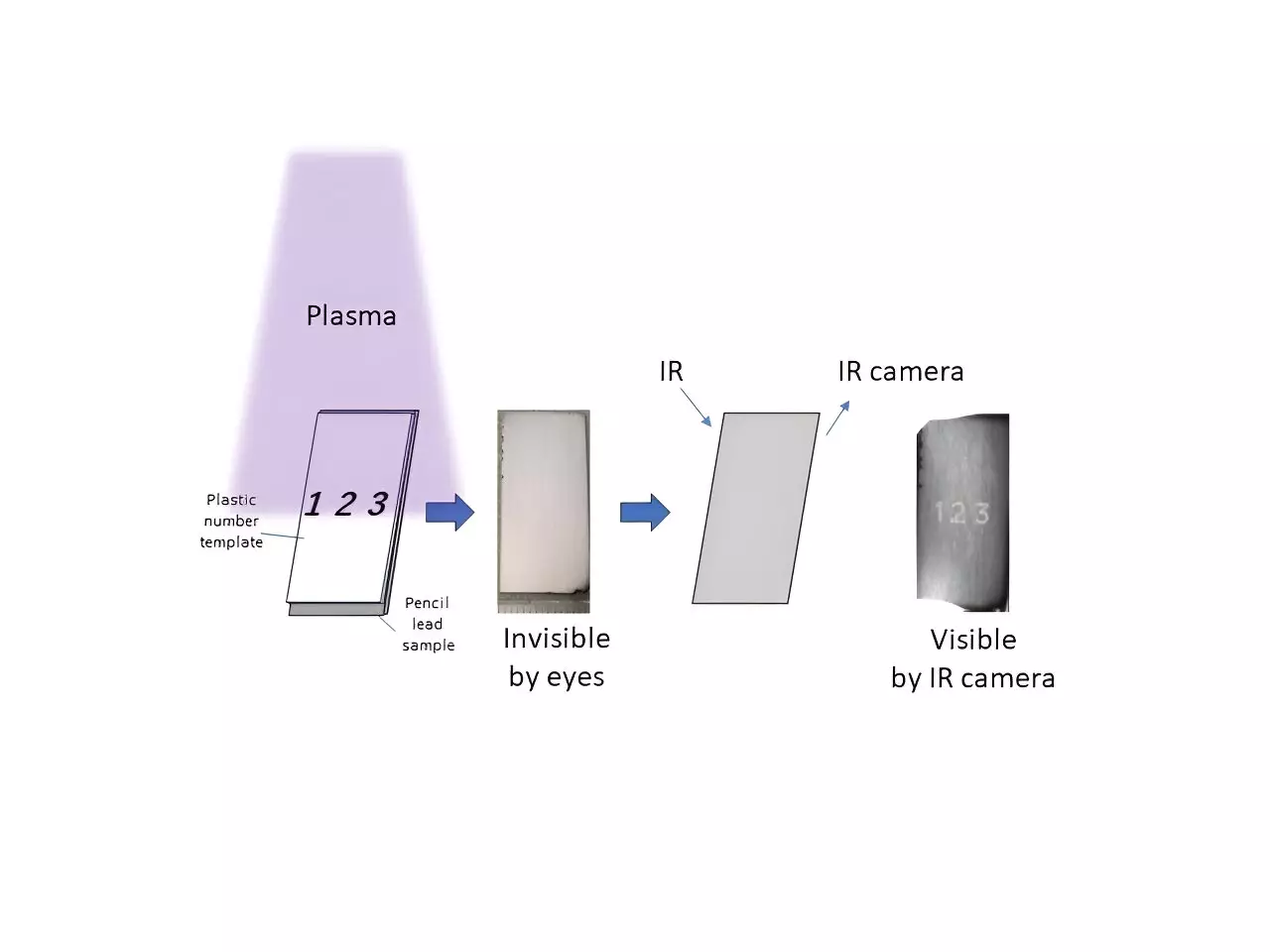In the fast-paced realm of technology, optical materials play a pivotal role, influencing innovations across various sectors—ranging from telecommunication devices to displays like organic light-emitting diodes (OLEDs). However, the manufacturing of these materials often presents substantial challenges, mainly due to high costs and complex production methodologies. This intricate dance of physics and engineering raises a pressing question: How do we create optical materials that are not only effective but also economically sustainable? Researchers from Japan have recently made significant strides toward solving this conundrum through a novel approach involving pencil lead—a commonplace resource.
The research led by Professor Hiroshi Moriwaki and Associate Professor Shouhei Koyama at Shinshu University uncovers a remarkable potential in a material we often overlook. Pencil lead is fundamentally composed of graphite and clay. Historically dismissed as merely a writing instrument, its foundational components have gained attention for their optical properties. This research pivots on an innovative method that leverages plasma, a state of matter that is essentially an energized gas, to manipulate the interactions of light with pencil lead.
This transformative process begins with the irradiation of pencil lead using plasma. By controlling how long pencil lead is subjected to plasma, the researchers achieved a fascinating effect: the material could reflect light at different visible spectra, leading to the creation of distinctive structural colors. By removing portions of graphite through plasma etching, researchers reveal layers of clay beneath, setting up conditions ideal for light interference phenomena.
The crux of the research involved examining how varying durations of plasma exposure affect the optical properties of pencil lead. The team subjected samples to different durations—ranging from brief ten-second bursts to extensive sessions lasting over three minutes. This meticulous testing aimed to analyze changes in the reflectance spectra, observing how each pencil lead sample reflected light at different frequencies.
The findings were promising; longer plasma irradiation durations not only enhanced visibility in the visible light spectrum but also unveiled optical behaviors in the near-infrared and mid-infrared realms. This discovery opens avenues for further applications, particularly in technologies requiring enhanced visibility during low-light conditions or specialized imaging techniques. The researchers’ technique of inscribing hidden characters that can only be perceived through infrared imaging exemplifies its potential in security and data protection fields.
Traditionally, the reliance on rare-earth elements for producing effective optical materials poses sustainability issues and drives up costs. This latest advancement stands out not just because of its technical merits, but also due to its promise of affordability and reduced environmental impact. By utilizing widely available materials like pencil lead, the researchers pave the way for a future where optical materials are cheaper to produce and more accessible to various industries.
Moreover, the notion of an eco-friendly manufacturing process cannot be overstated. By engaging with materials that require minimal processing, researchers are championing green tech initiatives. Professor Moriwaki emphasized this ecological perspective, hoping that this method could herald new printing technologies, making them not just economically viable but also aligned with environmental sustainability goals.
The innovative methods developed by Moriwaki and Koyama not only mark a fascinating change in material science but also hint at broader implications for future technologies. The potential to incorporate such inexpensive, multi-functional optical materials into everyday applications positions this research as critical to future advancements. Concepts that were once confined to theoretical discussions, such as sustainable printing methods employing modified pencil lead, could become a reality, reshaping industries.
This recent investigation demonstrates how creativity in utilizing basic materials can yield groundbreaking advancements. The researchers’ work with pencil lead uncovers new dimensions in optical applications—an inspiring pathway toward producing less costly, more sustainable materials that meet the demands of modern technology. As this area of research progresses, we may witness a transition from high-priced optical innovations to accessible optical solutions that maintain efficacy without compromising on environmental responsibility.


Leave a Reply